Types of cardboard boxes for moving
As we mentioned in the first article of this collection, How to pack your things for a move, one of the first steps to consider when moving is packing, being the main task the compilation of boxes and useful material to pack and protect all your belongings during the transportation to your new home.
When facing a move, whether in Mexico or anywhere else in the world, it's always good to inform ourselves and learn certain concepts in order to select the boxes that will facilitate this process.
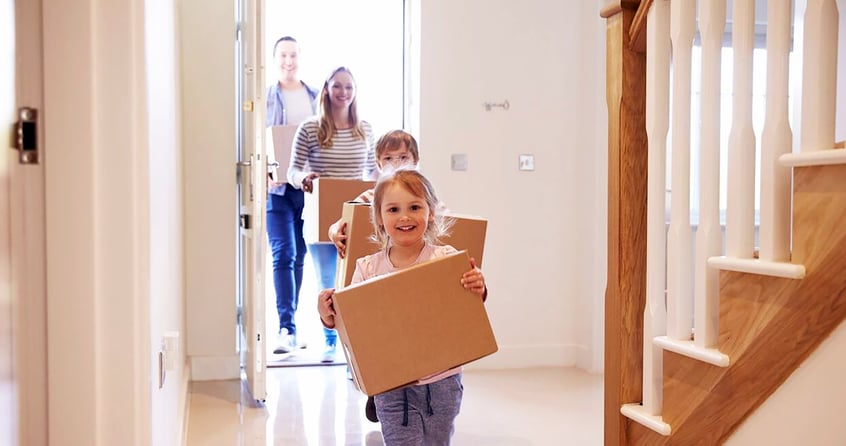

Different types of boxes vary in terms of material and size, there are even those that are suitable for the use you will give them to pack certain objects.
The most common boxes are made of cardboard, so we believe it's important to mention that before packing, you should do the following:
-
- Make sure that the cardboard of your boxes is firm and resistant to ensure the good condition of its contents.
- Check that your boxes aren't damp or dirty and that the bottom is properly sealed.
There are also hard plastic boxes, which tend to be more resistant, protect against water, and usually have handles to make moving and stacking easier.
👉 The following are the most common types and sizes of boxes used in moving services:
![]()
 In Mexico, there are several types and models of cardboard boxes, specifically designed to facilitate the packing and moving of specific objects, focused on the needs of each belonging. This helps the organization during the process, avoiding any possible damage along the way.
In Mexico, there are several types and models of cardboard boxes, specifically designed to facilitate the packing and moving of specific objects, focused on the needs of each belonging. This helps the organization during the process, avoiding any possible damage along the way.
4 types of cardboard moving boxes
1. Wardrobe box: special for transporting clothes.
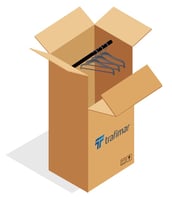
-
- It includes a bar to hang hangers or hooks for clothes.
- Allows you to transport clothes in an orderly manner and without wrinkling.
- There's a variety of heights, so it can be adapted to any type of wardrobe.
- These boxes are sturdy yet lightweight, so they are easy to handle, load and transport.
2. Box with reinforced handles.
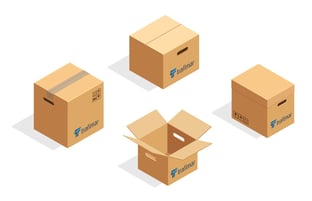
These can speed up the process of moving the boxes to the transport and then to the new location.
-
- The design includes side openings that make it easier to hold each box.
- They can be of different assemblies and resilience, depending on the weight of the objects placed inside.
3. Boxes with inner cardboard cells
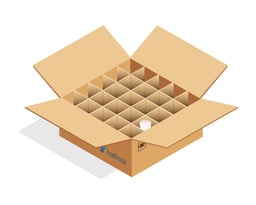
One of the most frequent mistakes during a move is when fragile objects, such as tableware, break during transport.
-
- The compartments are installed inside the boxes, making it a versatile tool.
- It allows organizing, with greater safety and protection, glasses, plates, bottles, cups, or other fragile items.
4. Cardboard dividers
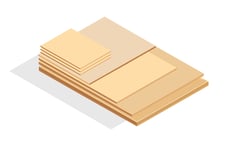 Cardboard dividers or cardboard sheets for moving can be the key to preventing your belongings from getting damaged, being an essential, effective, and subtle tool to organize or divide the spaces inside each box.
Cardboard dividers or cardboard sheets for moving can be the key to preventing your belongings from getting damaged, being an essential, effective, and subtle tool to organize or divide the spaces inside each box.
💡 As a last tip, if you decide to collect boxes on your own, consider that supermarket or grocery store boxes may contain insects and/or their eggs. You can try looking in liquor stores, where most boxes are especially strong for carrying heavy glass items, or in offices and stationery stores, as paper boxes tend to be small and useful. If possible, consider buying packs of boxes from a moving company, which may make this procedure more convenient and pleasant.

Boxes are undoubtedly the essential tool for your move, so remember that selecting and using the right protection will ensure that your belongings, whatever they may be, arrive in perfect condition at their new home.
👉 When making a decision and starting the moving process, visit our article where we share the best tips for packing each type of your belongings.

